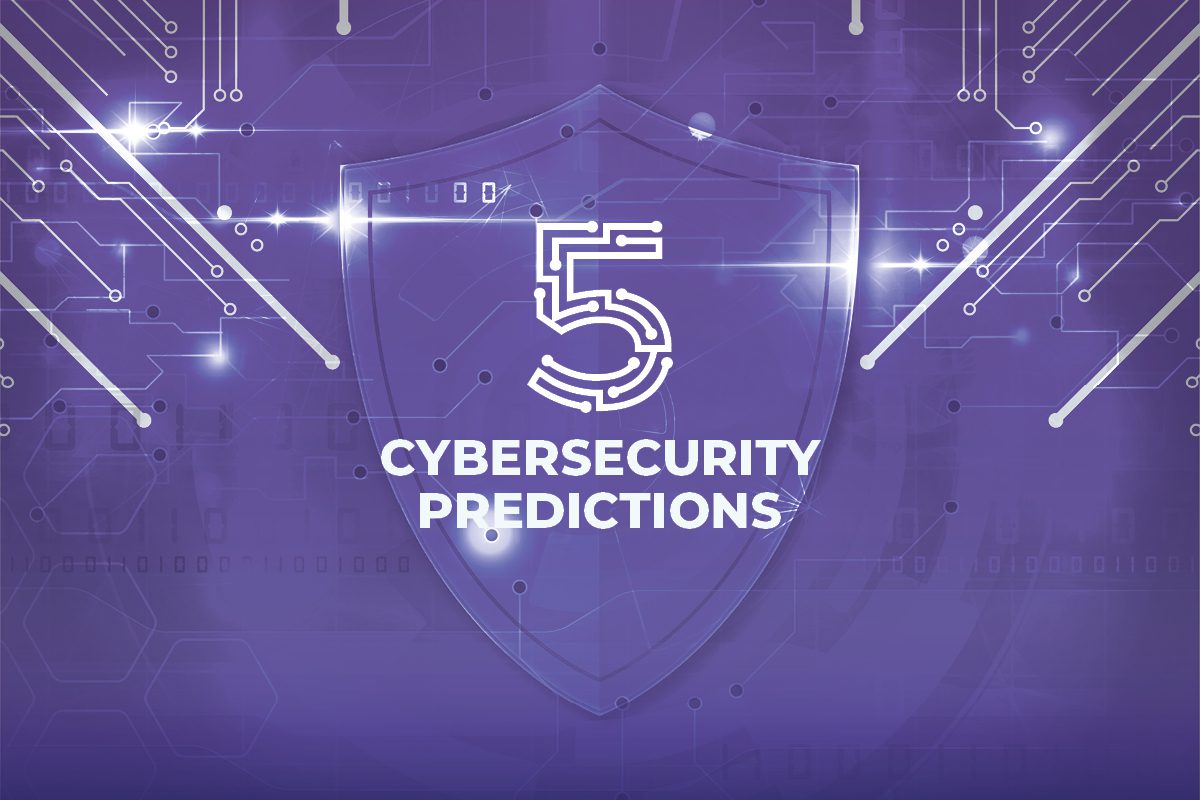10 Different Types of Malware Attacks
Malware attacks have been a popular common form of a cybersecurity attack. And the numbers worldwide, in the past few years, have consistently been in millions. So yes, malware attacks form a critical confrontation for the corporate world. However, what’s equally troublesome is that these attacks keep evolving, and over the years, attackers have engineered many ways to execute them. Let us talk about ten such malware attacks in this blog.
What is a Malware Attack?
Basic, yet essential to know, malware is malicious software that facilitates unauthorized network access to steal confidential information, critical credentials, etc. Although not limited to these mediums, malware is channeled through malicious links, attachments, phishing, and social engineering techniques. It compels, or naturally drives, or encourages users to take the necessary action and enables the attacker to enter the system.
Ten Different Types of Malware Attacks?
Let us look at the ten common types of malware attacks.
Adware
As the name suggests, adware is aggressive advertising software that puts up unwanted ads on your screen. The malicious form of adware collects data, changes your internet browser settings, redirects you to advertising sites, and also makes changes to your homepage. Usually, adware leverages browser vulnerabilities. You have legitimate adware as well on the market. However, they wouldn’t enforce anything without permission.
Worms
Worms exploit the vulnerabilities of an operating system and quickly spread throughout a particular network. As a standalone program, they replicate themselves to spread to other computers within the network, thus proving a significant threat to the network they affect. Some of the most common objectives of a worm attack include deletion of files, data encryption to execute a ransomware attack, creation of botnets, and information theft.
Ransomware
Lately, ransomware attacks have become a popular form of malware attack. Why? It is because ransomware forms a source of huge money for attackers. What is ransomware, though? In simple words, ransomware holds a particular set of critical data captive, restricts access to it by encrypting hard drive files, closing down the entire system, and demands a huge ransom to release it back or restore it to its original state.
Fileless Malware
Fileless malware is another dangerous form of malware attack. But what is it, and why is it so dangerous? It is because the attack is carried out stealthily. Initially, it does not install anything and makes changes to files inherent to the operating system. The OS does not recognize the changes and hence considers the files valid. As a result, the antivirus software does not detect the attack, and thus these attacks are more successful than conventional ones.
Rootkits
If malicious actors take control of your computer with all the administrative privileges, your system may be under a rootkit attack. Attackers inject rootkits through kernels, applications, firmware, etc. They are channeled through various mediums, including malicious downloads, malicious attachments, phishing, and vulnerable share drives. Additionally, rootkits can also hide other malware, which proves even riskier.
Trojan
Trojans resemble predators hidden in software patches, games, or applications or can enter a system through attachments in phishing emails. They disguise themselves as legitimate software or valid code and can access and control the target’s system to steal confidential information or other harmful purposes.
Virus
Although traditional and popular, virus attacks have evolved over the years and have caused damages to several companies throughout the history of cyber-attacks. A virus is a code that enters an application and acts when the application is running. Like many other malware attacks, the virus can enable attackers to access critical data, steal sensitive information, and execute a range of other even more threatening and widespread attacks.
Bots/ Botnets
A bot is a software application that does command-based automated tasks. On the other hand, a botnet is a network of bots that target a broad range of remotely-operated attacks. Botnets target a large group of systems, right from thousands to up to millions, and thus have a large-scale impact.
Keyloggers
What is a keylogger? A keylogger is a spyware that keeps track of a particular user’s activity. It can enable the attacker to execute a range of threatening attacks that aim to execute data theft, financial information, access passwords, etc.
Mobile Malware
Like many other malware attacks, mobile malware is spread through phishing, comprising malicious links, and is more likely to attack phones that have unauthorized software. Such phones are vulnerable to mobile malware attacks, as they have already broken the protective shield that was initially a part of their OS.
Partner with Alliant Cybersecurity to Secure your Network Against Malware Attacks
Malware attacks are on a continuous rise. But you can prevent them through the right awareness programs and technological support from cybersecurity companies like Alliant Cybersecurity. Alliant is one US’s top cybersecurity companies that have been around in the cybersecurity space for years. It provides preventive and curative measures to prevent and recover from a malware attack. For expert assistance, write to [email protected].



